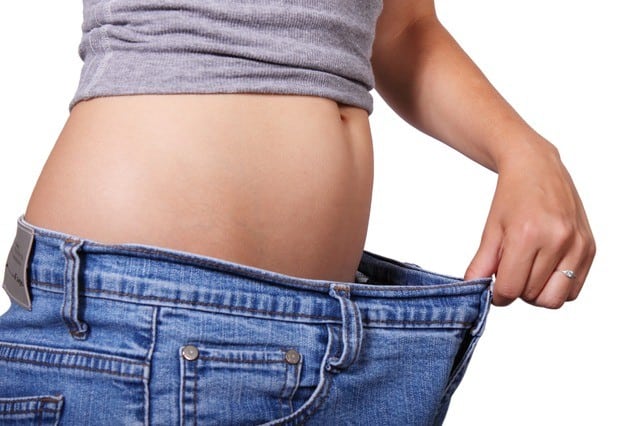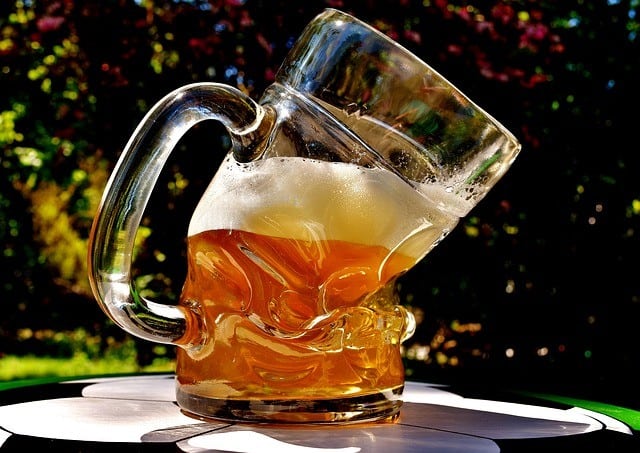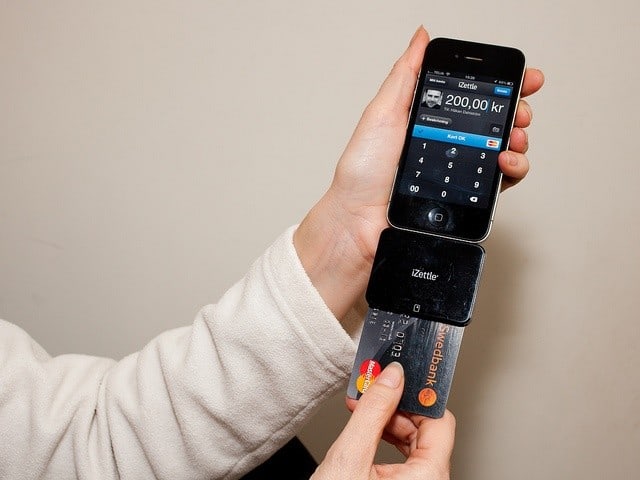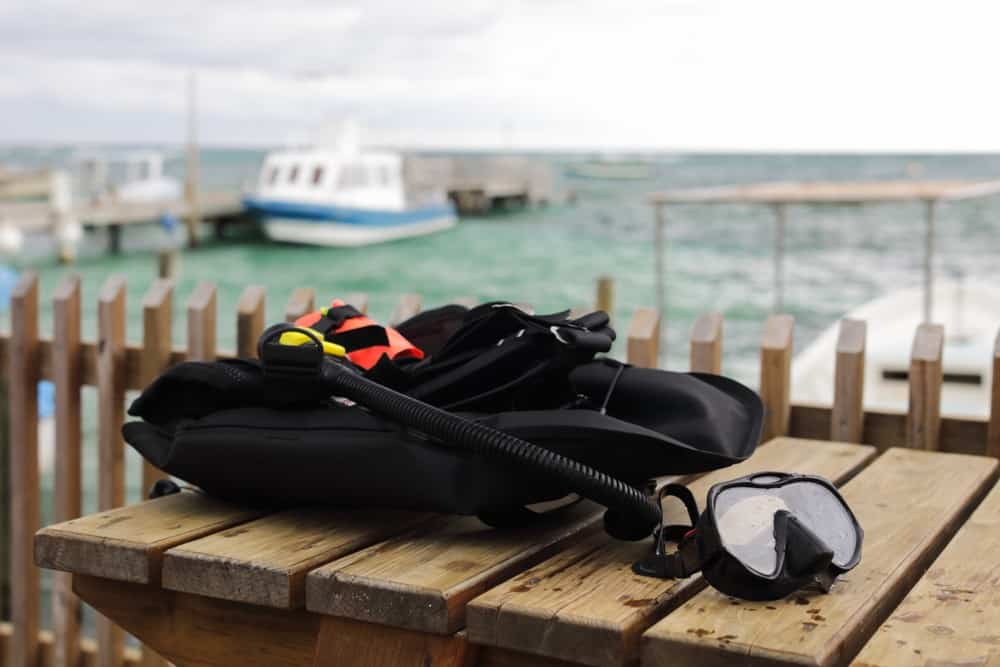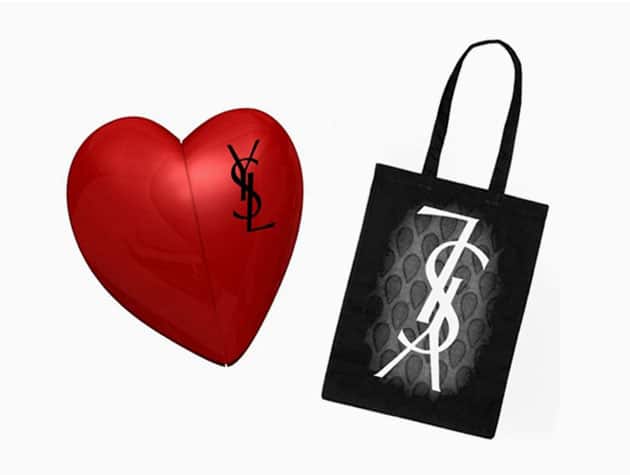Already known for its remarkable effectiveness in facelift and Brazilian butt lift procedures, the technique of fat transfer or fat grafting is winning more and more plastic surgeons across the world by the minute. According to the most recent figures, it appears that breast augmentation is still the most popular plastic surgery procedure requested from women that wish for a fuller, larger or perkier breasts. As of now, breast augmentation with breast implants was a one-way street for plastic surgeons and so far, many of them did a remarkable job, delivering the excellent results their patients aspired. However, the new fat grafting technique is the answer to those that wanted a procedure much less invasive that could still give them the desired size and the most natural appearance.
What Exactly is Fat Transfer or Fat Grafting?
It is an operation that involves fat being liposuctioned from a part of the patient's body (usually the arms, thighs, abdomen, love handles or back) and re-injected into another part (in our case, the breasts). Some doctors perform it under local anesthesia, while others prefer IV-sedation. It can serve as the actual breast augmentation for patients that want to be 1-1 ½ cup bigger, but it can also help enhance the cleavage area of a woman that already had breast implants.
Why Fat Transfer?
An increasing number of women are opting for fat grafting over breast implants for several big reasons with the first and most important being the fact that they can get a more contoured body, besides having fuller breasts. This is because the plastic surgeon extracts fat from an area of their own body, leaving that area with the much-desired effect of liposuction.
Other reasons fat transfer is more advantageous than implants are:
- Fat is a natural biomaterial – This means that you have no foreign object inside your body, which makes many women be fearful of implants. Instead, you reuse your own fat.
- You double the body-shaping effect – Since fat transfer involves liposuction, you get to have two procedures performed in one go, and enjoy the benefits of both, meaning a leaner, slimmer body and enhanced cleavage at the same time.
- You can use fat for additional cosmetic surgery procedures – While the doctor extracts the necessary amount of fat from you, you may use it to have a facelift while having the breast augmentation. Alternatively, you could schedule to have a Brazilian butt lift along with your breast augmentation. Or you could get that excess fat frozen so that you can use it in the future, which allows you to avoid undergoing a second surgery.
- Fat does not rupture/wrinkle/leak/ripple – Unlike with breast implants, fat will not cause any of the known problems related to implants (and the consequent complications that require further surgery and may even put the life of the patient at risk). Although the new generation implants now feature a more cohesive gel that prevents the leaking of implants all over the patient's body, doctors still recommend they are replaced every decade. Plus, many manufacturers make these implants stiffer than others, causing discomfort and delivering a much less natural outcome.
- Fat grafting is the best alternative to shaping breasts after removing implants – For patients that have had implants at a younger age and now want to remove them but are worried about the after-implant-removal shape of their breast, fat transfer is the best way to ensure optimal results.
- Fat grafting allows breast cancer detection – Studies indicate that fat grafting improves the detection of breast cancer because the procedure makes the fat less radiopaque, compared to surgery or implants that can conceal cancers.
Did you know that fat grafting can also be used for:
- Cellulite treatment
- Large volume contouring
- breast reconstruction
- Radiated breast
- Radiated body tissue
- After-injury deformity
- Orthopedic procedures
- Foot pain relief
Important Considerations
Before you decide to have a fat grafting breast augmentation procedure, it is necessary to note that you need to have enough excess fat to harvest. If you don't, your doctor will probably recommend a fatty diet for a specific amount of time. It is a vital necessity, given that about 30% of the extracted fat dies before it is re-injected while some of the fat injected in the targeted area is absorbed by the body itself. Of course, it goes without saying that the procedure should be performed only under the direction of an experienced, board-certified, licensed plastic surgeon.
Where the majority of plastic surgeon agree is that fat transfer is an unprecedented tool for reforming and shaping the breast. And, with more advanced techniques to harvest, process, and inject fat being developed, results will be more consistent than ever before.

